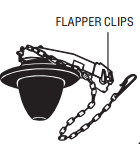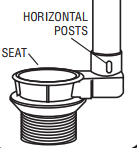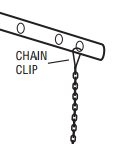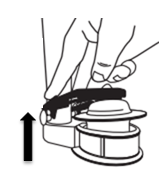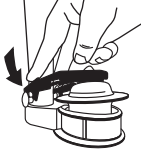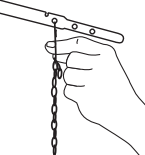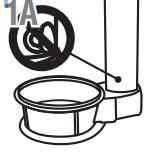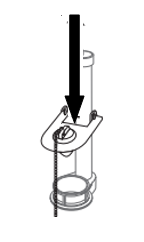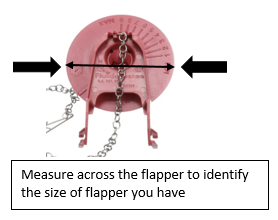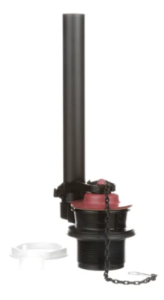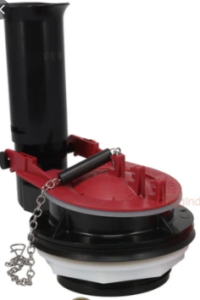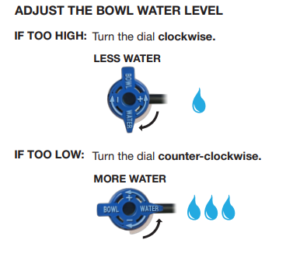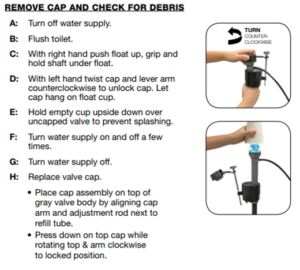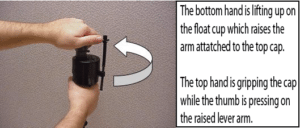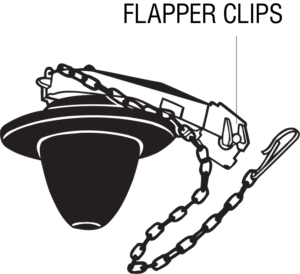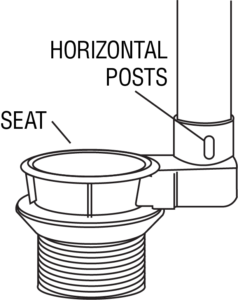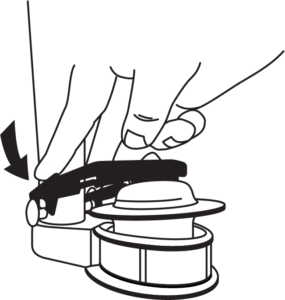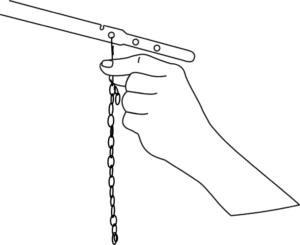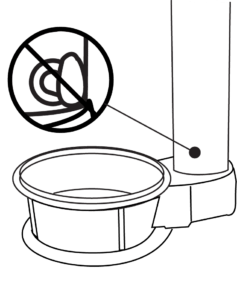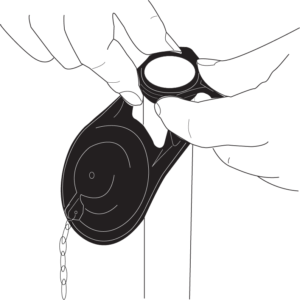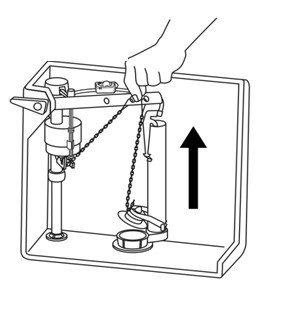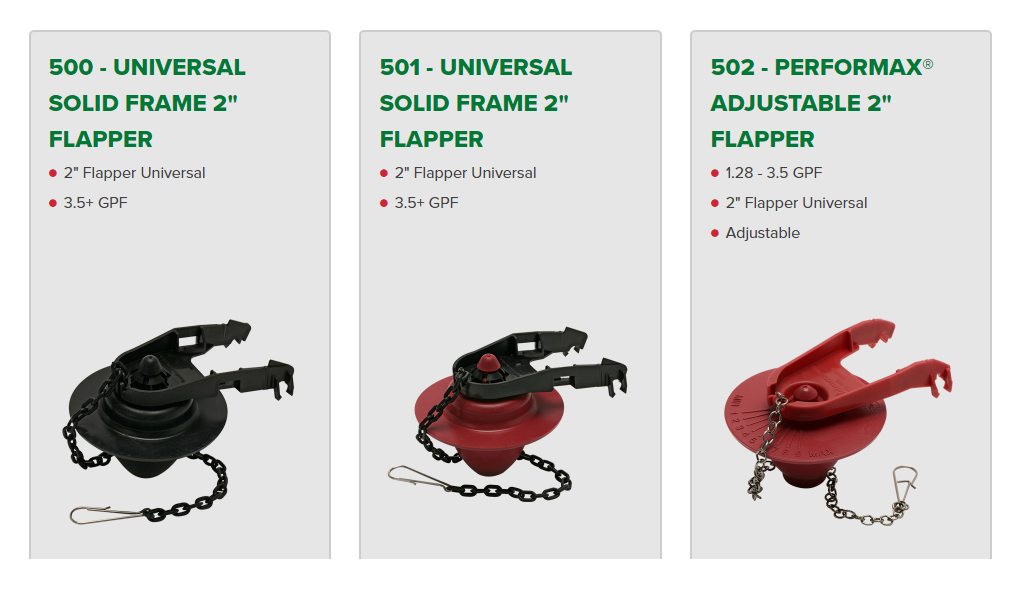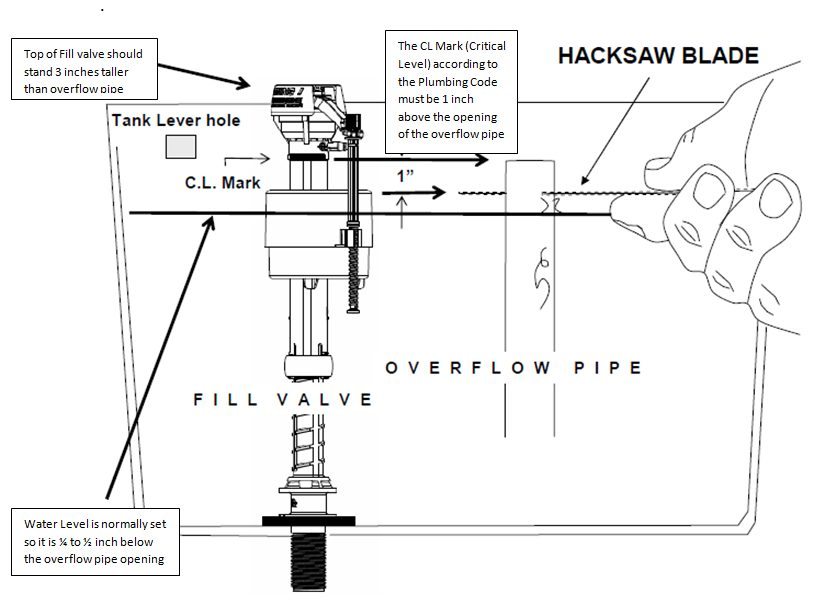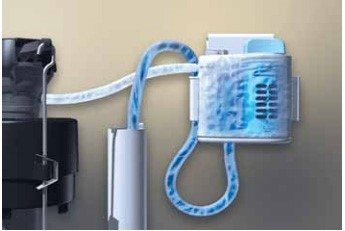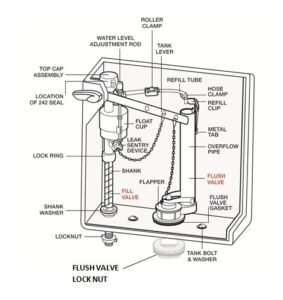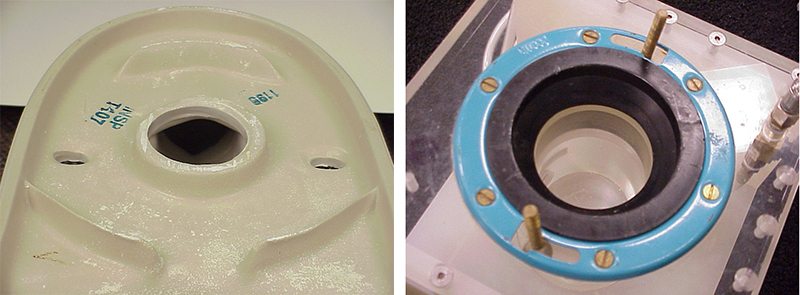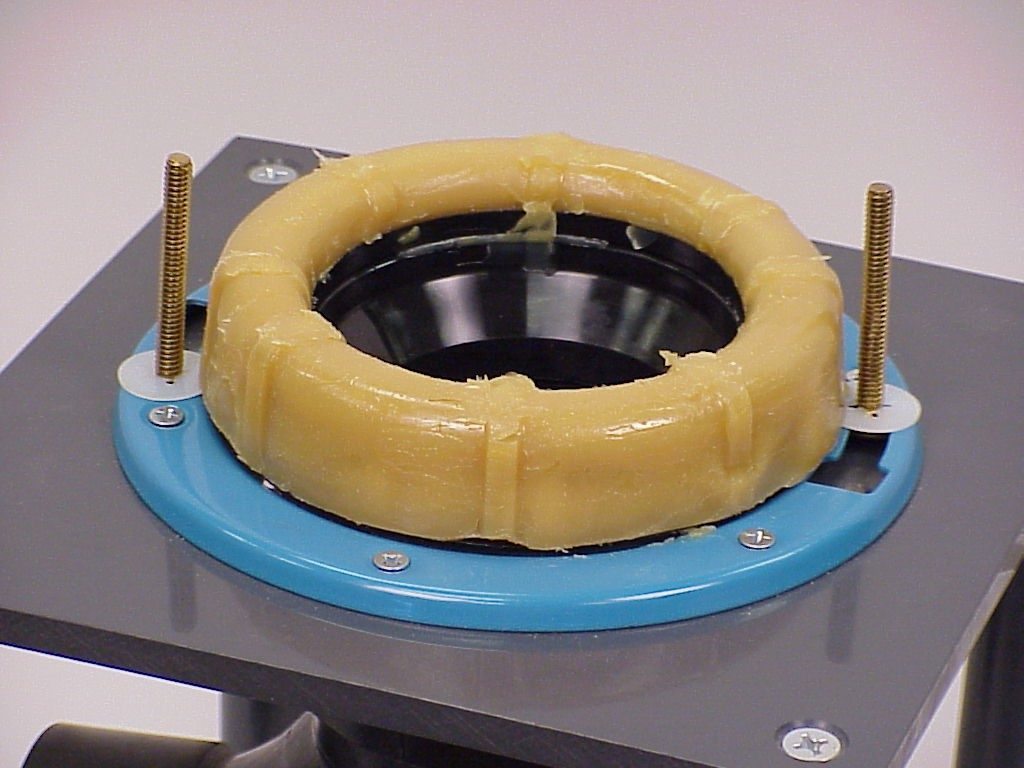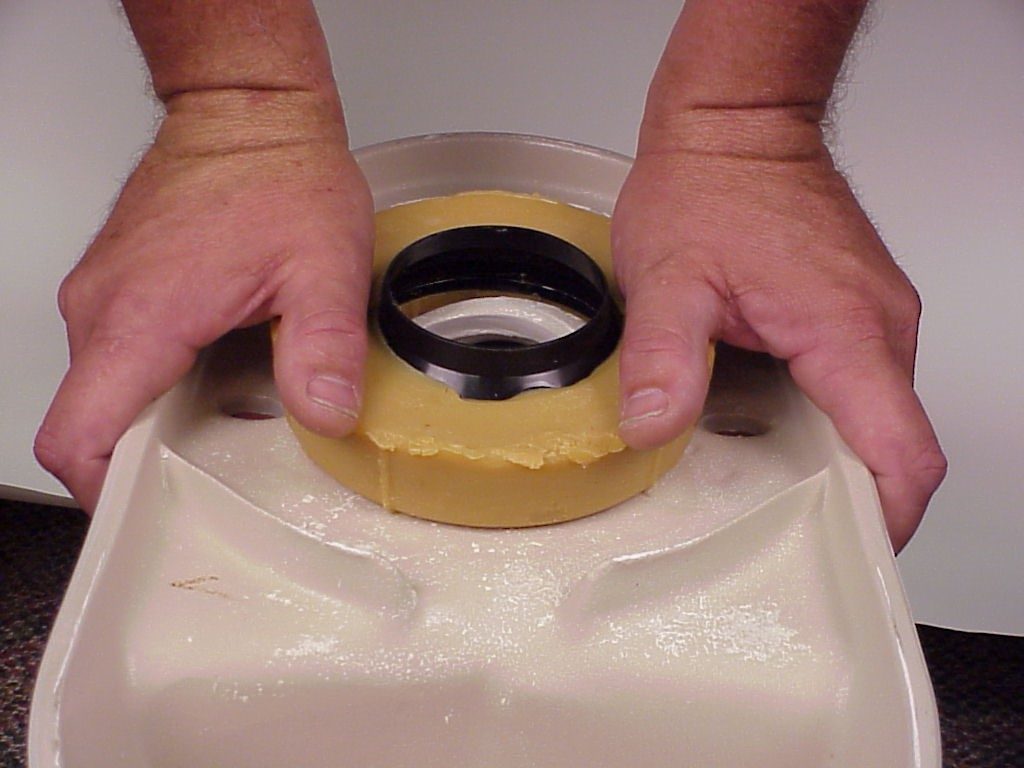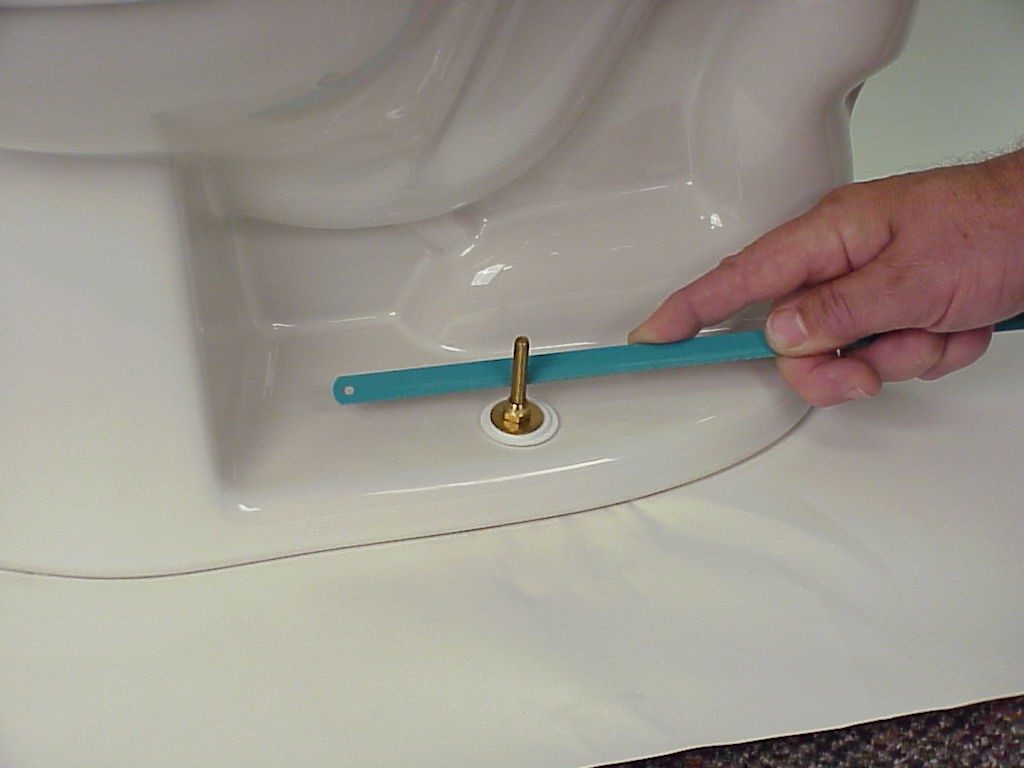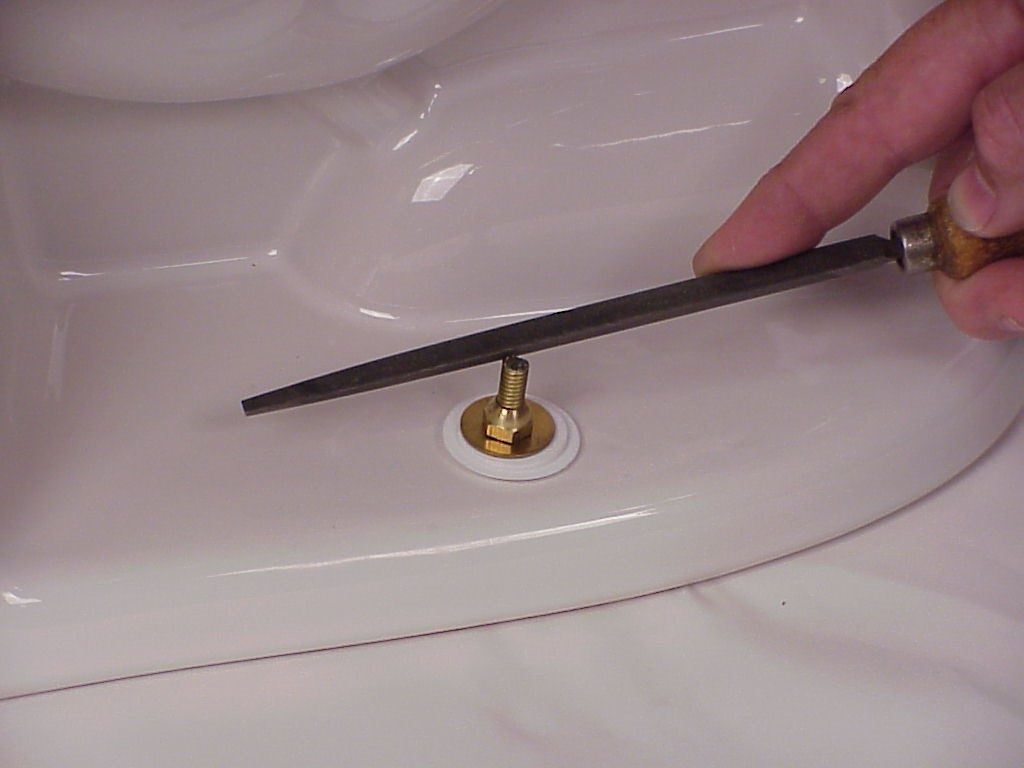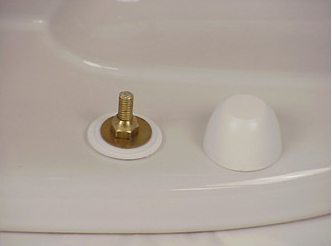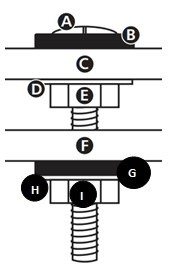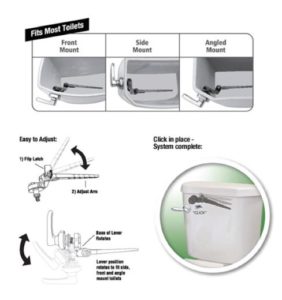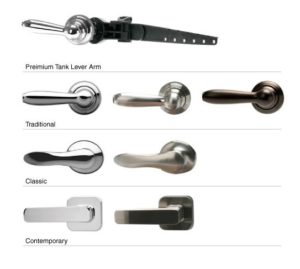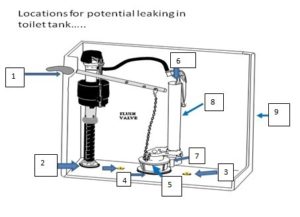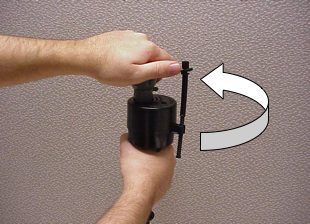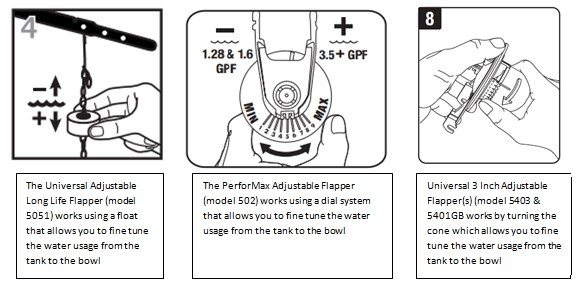How Often To Replace Toilet Flapper
Toilet flappers usually last for about 3 to 5 years, but the lifespan can vary depending on factors such as the quality of the flapper, the water quality, and the frequency of use. Here are some signs that it may be time to replace your toilet flapper:
Continuous running of the toilet: If your toilet continues to run after flushing, it could be a sign that the flapper is worn out or damaged.
Water leaks: If you notice water leaking from the tank into the bowl, it could be a sign that the flapper is not sealing properly.
Buildup of mineral deposits: If you have hard water, mineral deposits can build up on the flapper, causing it to become stiff and less effective at sealing the flush valve.
Age: If you can’t remember when you last replaced the flapper or if it has been several years, it is a good idea to replace it as part of regular maintenance.
In general, it is a good idea to inspect your toilet flapper periodically and replace it if you notice any signs of wear or damage. Replacing a worn or damaged flapper can help you save water and reduce the risk of costly leaks and repairs.
Very often, drop-in bleach tablets will damage a flapper causing it to leak. That is because the bleach is constantly in the toilet tank thereby damaging the flapper and other toilet parts. A better option would be to use Fluidmaster Flush ‘N Sparkle automatic toilet cleaner that does not damage toilet parts.
Click here to view our complete line of Toilet Flappers

